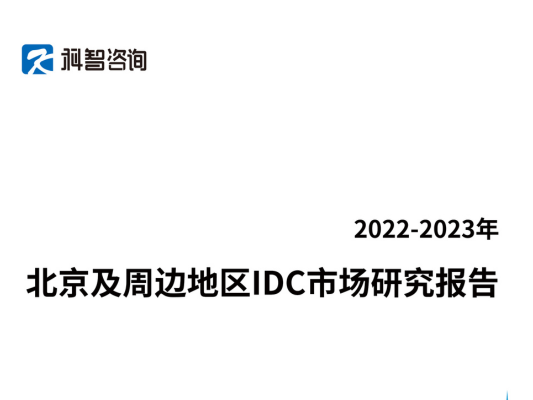Global law firm Dentons this week published its thoughts on the implications of trends in data security and sovereignty for the Australian Data centre market.
The paper covers data security and sovereignty trends, relevant acts and legislation, standards and best practices.
It opens: “In today’s digital age, data captures nearly every aspect of our lives, from banking and financial transactions to medical records, government interactions and online shopping activities. This immense volume of information is stored and processed in advanced facilities known as data centres. These centres not only ensure secure data storage but also manage, analyse, and distribute it to power key digital services such as cloud computing, AI and enterprise applications.
Australians are increasingly concerned about where and how their digital data is stored, with a strong preference for their data to be stored and processed domestically.1 The Office of the Australian Information Commissioner’s Australian Community Attitudes to Privacy Survey 2020 revealed that 74% of Australians view the transfer of personal data to overseas processing centres as a misuse of their information. This concern has been heightened by high-profile cyberattacks on major companies conducting business in Australia like Meta, Optus, Medibank and most recently Qantas.
Data sovereignty, the issue surrounding a nation’s ability to control data according to its own laws even where that data is stored or processed abroad,2 has become a pressing issue for regulators in Australia as reliance on cloud services and offshore data centres grows. Data centres (whether onshore or offshore) play a pivotal role in data sovereignty because the location of infrastructure often dictates which laws apply to the stored data.
In response to these developments, ‘Hyperscalers’ Microsoft and AWS have subsequently pledged expansion of their data centre infrastructure in Australia, with Microsoft announcing a AUD5 billion pledge in 2023 followed by AWS’s AUD20 billion investment from 2025 to 2029.3
The momentum behind localising data storage and processing is expected to accelerate”.








